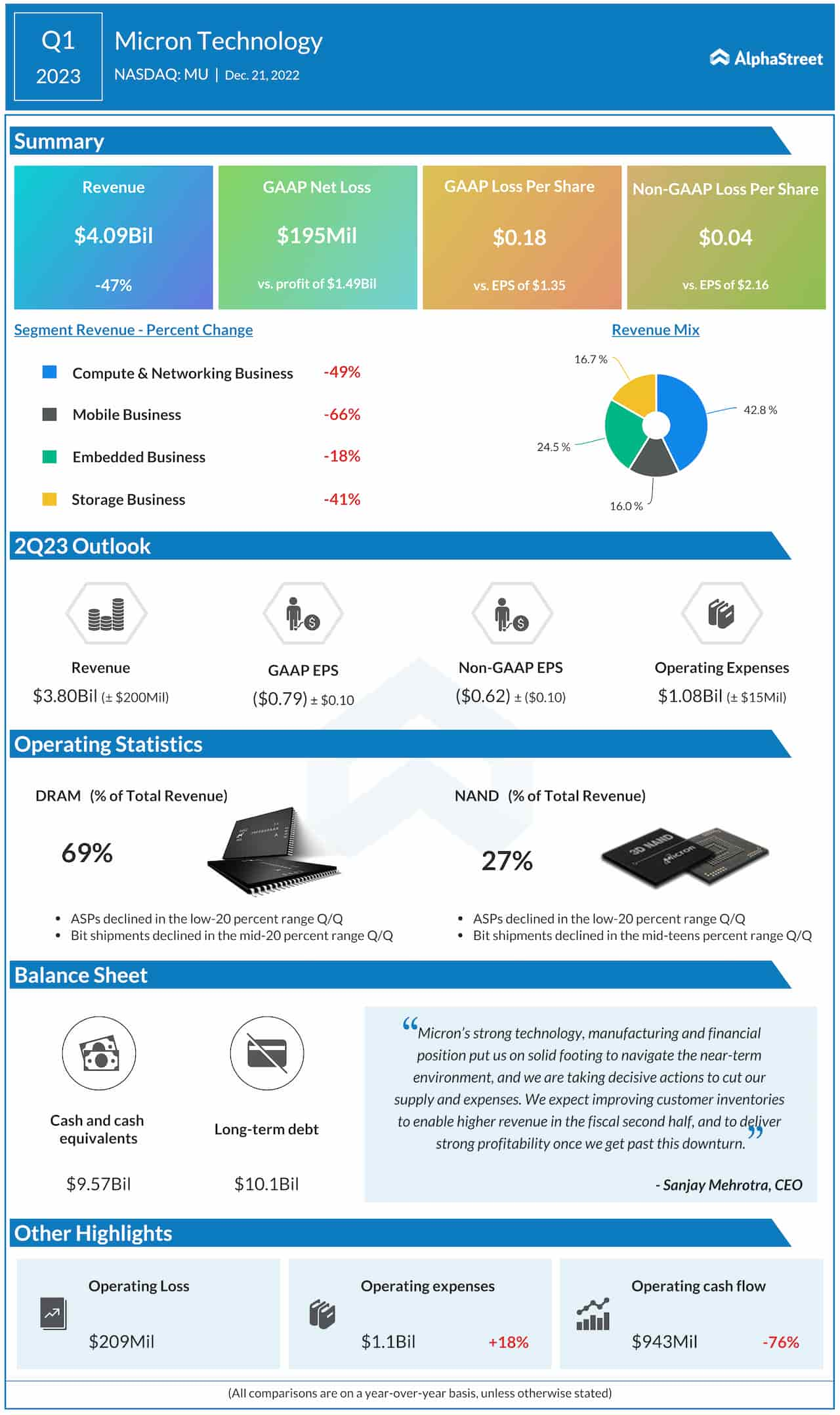This article is presented by Aloha Capital. Read our editorial guidelines for more information.
More and more real estate investors are exploring what it might look like to be on the other side of the closing table. I don’t mean being the seller, but rather being the lender. With interest rates on the rise, you can easily earn double-digit interest rates by funding or buying short-term notes.
Imagine investing in real estate where you don’t need to manage a rehab, sign a personal guarantee, or deal with tenants. And if things go wrong, someone other than you loses their money before you lose a dollar. Sounds pretty nice, right?
So, how exactly do you go about becoming a lender? How can you make money lending? How do people lose money lending? And finally, is there a way to be a passive lender so you can sit back and earn passive income from active real estate investors?
I have funded over $500 million in loans in the past five years as the leader of Aloha Capital, a nationwide lender focused on financing residential investment properties. At BPCON22 in San Diego, I had so many conversations with BiggerPockets community members where they mentioned sitting on significant cash reserves that were not getting reinvested into their next deal—why? Because their ideal profit or cash flow from their fix and flip, BRRRR, or turnkey rental strategy was no longer attainable in the markets they have been investing in. Not knowing when they would find their next deal, many were excited to learn how to put their capital to work as a passive private lender.
Can you make double-digit returns as a lender? Yes, of course. Can you lose money as a lender? You sure can! In this article, we will unpack what it takes to be a lender, including:
- Passive vs. active lending
- How lenders make money
- How lenders lose money
Let’s get started.
Passive vs. Active Lending
I can tell you firsthand that private lending is far from passive if you are doing it the right way.
You must find qualified borrowers and acceptable deals that meet your criteria, provide competitive terms, then underwrite the borrower’s experience, liquidity, and creditworthiness. You will also need to underwrite the as-is value (AIV) and after-repair value (ARV) along with the detailed rehab budget to ensure the project has the appropriate profit margin for the borrower to make money or if it is a rental exit, the likelihood that the property will cash flow with a rate/term refinance.
That’s just the beginning. Before you fund the loan, you need to ensure that the title insurance policy and property insurance mitigate risk to you as the lender and then produce loan documents that include all of the business terms and lender protections while staying within state-specific compliance requirements.
Now that the loan is funded, you should be ensuring that the rehab timeline is being met and likely send additional money to the borrower to cover costs. All along the way, you need to account for and collect interest from the borrower.
Alternatively, there are opportunities to lend passively by investing in real estate notes or in a real estate debt fund managed by a professional investment property lending business. This provides access to annual returns similar to those you would receive through direct private lending while gaining passive investing benefits by tapping into the lender’s operational infrastructure, expertise, and deal flow.
For example, Aloha Capital has 20+ full-time employees, all with backgrounds in real estate lending and investing, who are focused on finding, underwriting, originating, and servicing loans. Aloha offers investors access to 8 to 14% returns from real estate notes via the Aloha Passive Note Platform, where passive investors can select an already underwritten and originated note, purchase it, and relax while Aloha Capital services the loan.
In addition, investors can gain access to a diversified portfolio of short-term loans via the Aloha LTD Income Fund, which has an 8% annual return target, no lockup period, and a 7-year track record. In addition, there are other opportunities to gain exposure to note investing, such as crowdfunding platforms where you can own a fraction of a note and private lender matchmakers that broker borrowers needing a loan and private individuals interested in private lending.
How Lenders Make Money
If you have capital, lending is a great way to make high-yield returns. Lenders providing short-term loans on investment properties can earn interest ranging from 8%-15% annually, along with loan origination fees of 0%-3%. In addition, if the loan extends past maturity, you can charge an extension fee, and if the loan goes into default, you can charge default interest of 20% or more annually (the actual max rate depends on the state usury laws).
Although this is a large range, in the current real estate environment, a double-digit annual return in first position, with the borrower having equity in the deal, is pretty standard.
For clarity, a first position or lien is secured by the underlying collateral in the case of real estate lending the subject property. This means that if the borrower defaults on your loan, you, as the lender, can seize the collateral to recoup your capital and unpaid interest through foreclosure. If you are a junior lender, you are not able to foreclose, and the principal of your loan is only available upon the first position lender being paid in full. Although you may earn a slightly higher interest rate as a junior lender, you are increasing your risk of principal loss substantially if the borrower ever defaults.
How Lenders Lose Money
We’ve talked about making money as a lender. Now, let’s discuss how to not lose your money.
As the lender, ideally with a first position lien, you create a promissory note that is collateralized by a property through a security instrument (typically a mortgage or deed of trust), and ideally, this loan has a personal guarantee of payment from the guarantor(s).
So how do you lose money as the lender? Here are the top three ways:
1. Not being in the first position
Occasionally, borrowers cannot execute their game plan to rehab, sell or rent a property. Or circumstances occur where they are no longer able to cover debt service, or their rehab budget is not sufficient. In this case, the lender in the first position will take action to ensure they recover all or a majority of their capital through foreclosure, a deed in lieu of foreclosure, forbearance, or another method.
If you are not the first-position lender in this scenario, you are the junior lender, and you have two options to choose from:
- Pay off the first-position lender in full, including principal, outstanding interest, and default interest, to become the first-position lender.
- Prepare to lose some or all of your principal. Why? Because default interest, extension fees, and legal fees rack up quickly, and the first position lender is paid in full first!
2. Lending to borrowers with limited experience, low credit, or insufficient liquidity
These are the three primary factors that I believe drive the risk of loan delinquency and default. You should seek out borrowers that meet your standards in two of three of these categories. If they only qualify in one category, you should require an additional guarantor that satisfies your requirements or pass on funding the deal!
3. Ignoring the borrower’s exit strategy
Ideally, as a lender, you understand the dynamics of the market you are lending in and the borrower’s exit strategy. If you are not adjusting your rate, fees, and leverage based on the loan exit options available to the borrower, then you may be setting yourself up to lose money. If the property needs to be rented instead of sold, does the property cash flow with your loan in place or will the borrower be able to refinance into another loan? If you don’t know, don’t fund it!
Conclusion
In conclusion, anyone can be a private lender if they have access to capital. But seeking out the returns from private lending without actively avoiding the pitfalls may lead to losses rather than gains.
Like most real estate strategies, you can be a passive or active lender. I hope that this provides some perspective on how passive lending with the right lending partner delivers a great combination of income and risk mitigation. If you go it alone, I hope you take into consideration the three ways to avoid losing money before you fund your first deal.
This article is presented by Aloha Capital
Aloha Capital provides residential real estate investors with access to competitive, transparent, and reliable loans to active real estate investors across the country. We offer short-term bridge loans for Fix & Flip, BRRRR, Short-Term Rental, and Multifamily investors, along with long-term interest only and amortizing loans on single-family, townhomes, condos, and small to mid-sized multifamily properties. We also provide vertical development loans on infill residential properties to spec builders and build-to-rent investors.
Through our accredited investor fund and direct note investment portal, investors seeking passive income can earn up to 12% annualized return through notes originated, underwritten, and serviced by Aloha Capital.
Note By BiggerPockets: These are opinions written by the author and do not necessarily represent the opinions of BiggerPockets.
















